String Quartet n°11, opus 153 - Nicolas Bacri
«Quartetto serioso in omaggio a Beethoven»
Commissioned by the Festival de Pâques d'Aix-en-Provence
Preludio e Fuga No. 1 : Allegro brioso – L'istesso tempo, con rabbia
Preludio e Fuga No. 2 : Adagio lamentoso – Andante appassionato – Lentissimo
Preludio e Fuga No. 3 : Non troppo lento – Allegro brioso
To David Hackbridge Johnson
The first two movements of my Eleventh String Quartet were written between December 2019 and February 2020 in Brussels. The third movement was not written until two years later, in January 2022. This work was originally intended to be the third, along with Nos. 8 and 10, written for the artists of the Voce Quartet, with whom I had the good fortune to begin a collaboration at the 'Concours International de Bordeaux 2007', where they tied with the Atrium Quartet for the prize for the best performance of the compulsory work (my Seventh Quartet, Variations sérieuses). Unfortunately, the concert planned at the Easter Festival in Aix-en-Provence, which was to be devoted entirely to my music and where the Voce Quartet was to premiere the work, was cancelled due to the health measures of March 2020. Almost two years later, in January 2022, and still without any prospect of programming, I felt that its length did not correspond to the importance I wanted to give it and decided to add a third Prelude and Fugue, with a fugue returning to the climate and even the theme of the first Prelude.
In Italian serio means serious and serioso, severe or pedantic. These last two adjectives have nothing to do with each other, but they are very similar in terms of music involvement. Indeed, the severe style is the other name for the contrapuntal style which finds its culmination in the Fugue. Now, it so happens that the fugue is the first form that the apprentice musician traditionally had to face, whether he chose the path of the composer or that of the performer (and until 1950 it was not unusual for him to be both). It is therefore a form that belonged to the corpus of knowledge of every musician. Consequently it is understandable that its deployment was perceived as a pure display of knowledge, hence its academic, even severe or pedantic connotation. Hence also its poor reputation, which is not new, despite the rediscovery of Bach's masterpieces at the end of the 19th century.
Beethoven, who knew the Well-Tempered Clavier by heart, first practised the fugue as an apprentice composer (and pianist) and then abandoned it, only to rediscover it and transfigure it spectacularly in the last third of his life, giving it a masterly crowning glory with the fugues of his last piano Sonatas and The Great Fugue. I paid tribute to this last Promethean achievement with my Quartet No. 4 op. 42 'Omaggio a Beethoven' (dedicated to the Lindsay Quartet) between 1989 and 1995. Today, a quarter of a century later, I pay tribute to the beginnings of Beethoven's rediscovery of the severe style, seizing the opportunity offered by the coincidence of the numbering of our respective Quartets (the Bonn master's Quartetto Serioso is his Eleventh) and the 'Beethoven year', 2020, when this work should have been premiered...
My Quartet No. 11 begins with the same tempo indication as Beethoven's Allegro brioso, and with the same four sixteenth notes (F-G-Ab-G) forming the beginning of the first theme of the Beethoven opus. But the reference ends there. No other thematic allusion from Beethoven's quartet will be found. However, we will find what Beethoven could not have dared at a time when Bach's music was still relegated to the apprenticeship of young musicians (The Preludes and Fugues, then, but also the Suites for solo cello, which seem to have been first published in the early 1860s under the title Etudes) : A string quartet consisting of three Preludes and Fugues. Unthinkable in Beethoven's time, caught between the classical era which had put counterpoint on the back burner and the new romantic era which intended to put affect at the centre of its preoccupations, it seemed to me that our time could witness such an experiment.
This work, however, does not consist in presenting the listener with three preludes and fugues as they might have been offered in a Bach collection. I have sought, unlike the composers of the Baroque period, to create a form that is closer to the classico-romantic profile that made the lively first movement, the slow second movement and the moderate (or fast) Finale the archetype of a formal equilibrium that has been attempted many times since C.P.E. Bach. A form that gives the impression of a Triptych, then, with a first Prelude and Fugue with a synthetic Allegro feel, in which the two parts follow one another, presenting music of the same very rapid character, lasting less than three minutes. Then I composed a slow movement of meditative character lasting about four minutes (the second Prelude), followed by more extrovert music of a much faster tempo (the second Fugue, Andante appassionato, lasting about five minutes), then slowing down more and more until the concluding Lentissimo.
The Third Prelude and Fugue follows on from the previous one with a short Prelude (Non troppo lento) for two violins alone, offering a variation on the theme of the first. There is then a return to the character of the initial Allegro (Allegro brioso) with a rapid and dramatic fugue summarising the most important motives of the two preceding panels (with, in particular, in disinence and as a countersubject, the very first notes of the subject of the second fugue) and which, towards the end, returns to its origins by merging with the return of the First Prelude, which takes on the sense of a recapitulation in sonata form – whereas this form is precisely avoided as such in this work.
As in all my music, it is therefore a question of examining the various ways in which thematic motifs interpenetrate, metamorphosing from movement to movement and participating as much in the concept of variations as in a hyperthematism which, for me, is in keeping with Schoenberg's dream: 'A music in which everything is theme and everything is development'. The Prelude and Fugue structure adopted here only nuances this compositional stance by giving it a slightly different aesthetic perspective from my previous works and by emphasising its contrapuntal dimension to the point of obsession.
Without going into analytical details, it is important to note that the subject of the First Fugue (Allegro brioso), presented at bar 44, is transformed, treated as a rhythmic augmentation in the slow movement, into a lyrical lament (Adagio lamentoso) and forms the basis of theme A of the ABA-form (Lied-form) which constitutes this movement. The counter-subject of Fugue No. 1, exposed in the second violin at bar 47, will serve as theme B of the same slow movement and will also become the subject of Fugue No. 2, notated Andante appassionato. The Prelude and Fugue No. 3, on the other hand, aims to sum up the thematic essence of the work by returning mainly to the material of the First Prelude, without ignoring other elements such as the subject of the Fugue No. 2, and ends the work on an epic display of an assumed Beethovenian character.
The work is dedicated to David Hackbridge Johnson whose immense output, especially in the field of the Symphony, has not ceased to amaze us, with the hope that he will enter the field of the String Quartet with the same enthusiasm as he has already shown in the symphonic field.
N. Bacri, February 2020/February 2022
Score and parts
2019–20/rév. 22
Duration: 20'










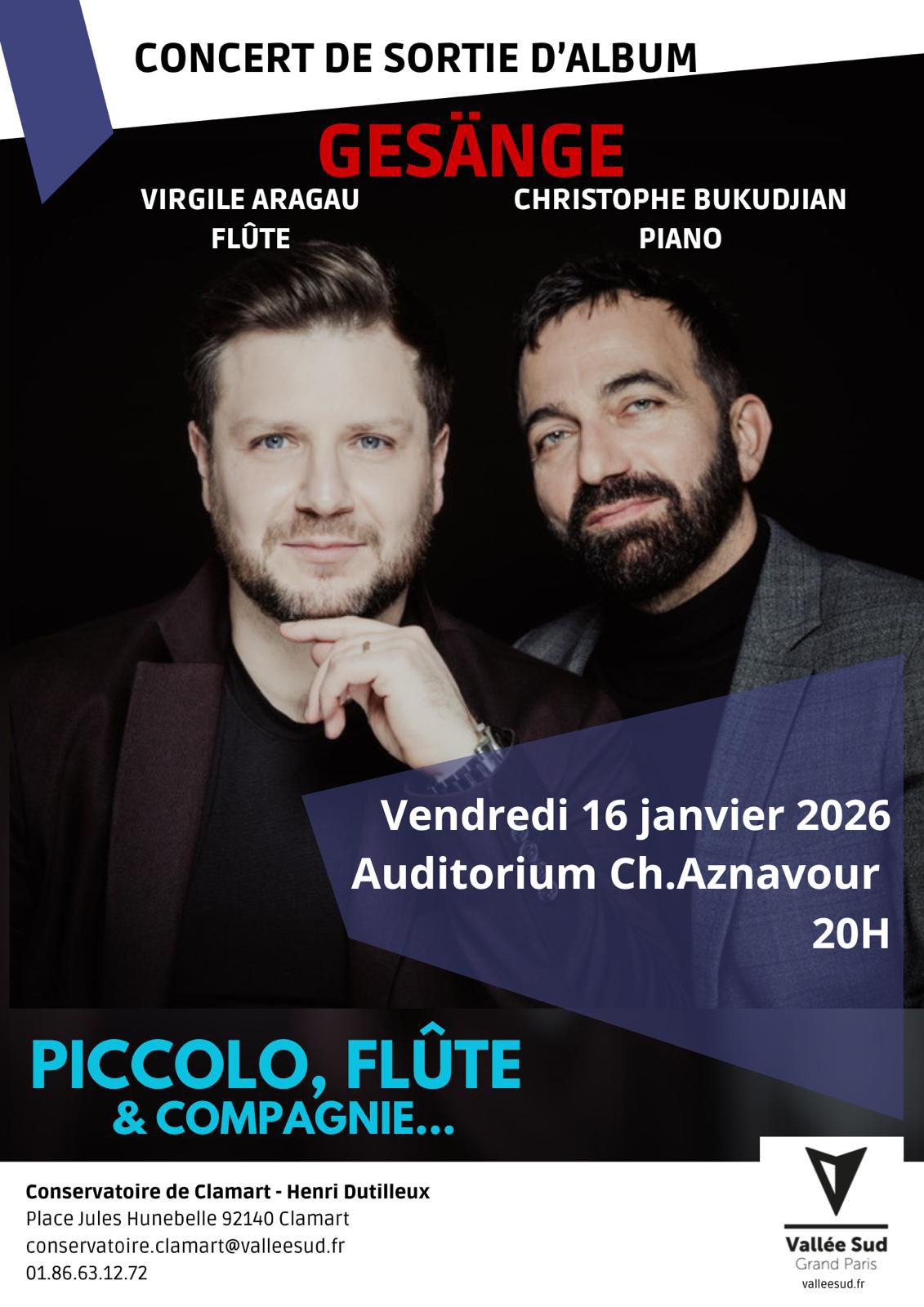







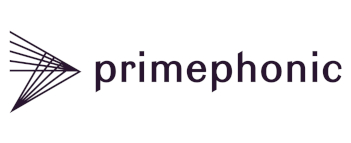




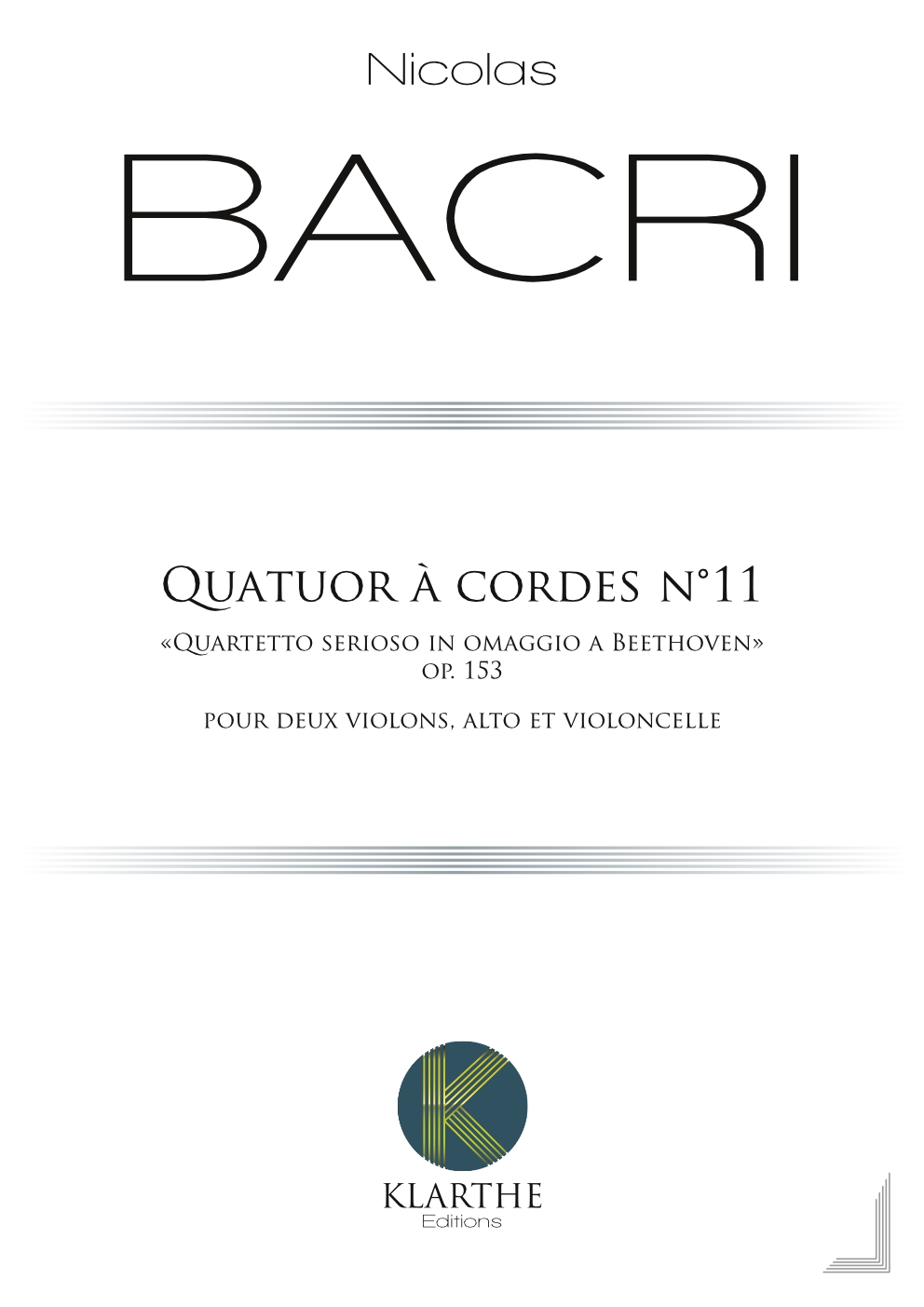
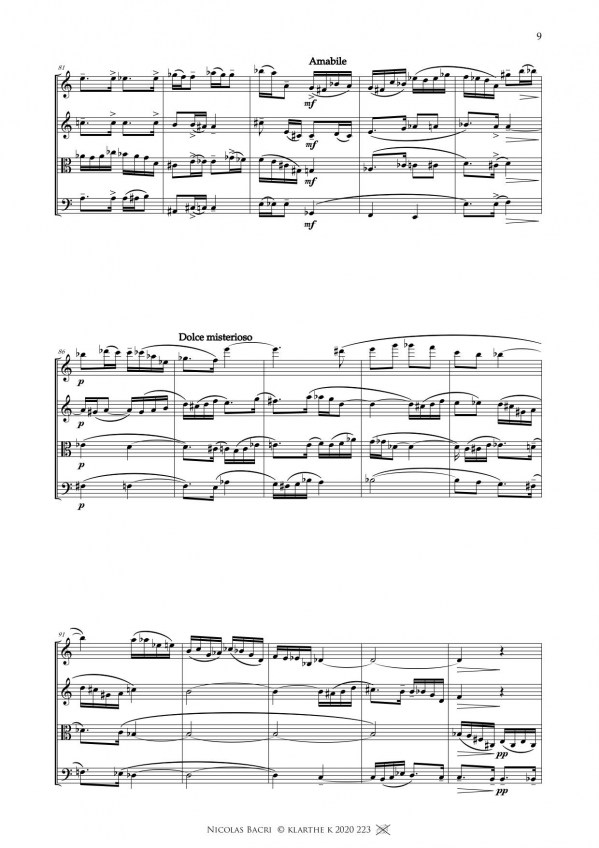

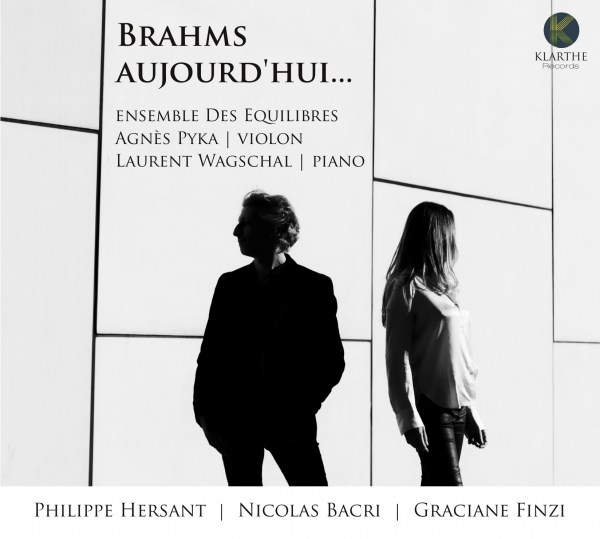 Brahms aujourd'hui...
Brahms aujourd'hui...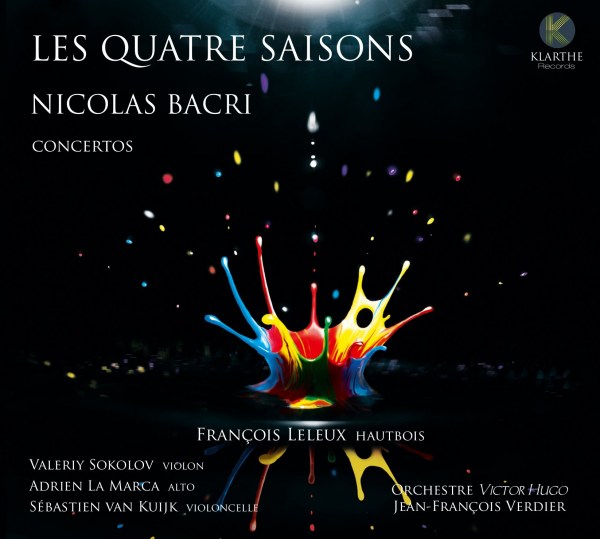 Les Quatre Saisons - Nicolas Bacri
Les Quatre Saisons - Nicolas Bacri Sonate n°4 op. 148 - Nicolas Bacri
Sonate n°4 op. 148 - Nicolas Bacri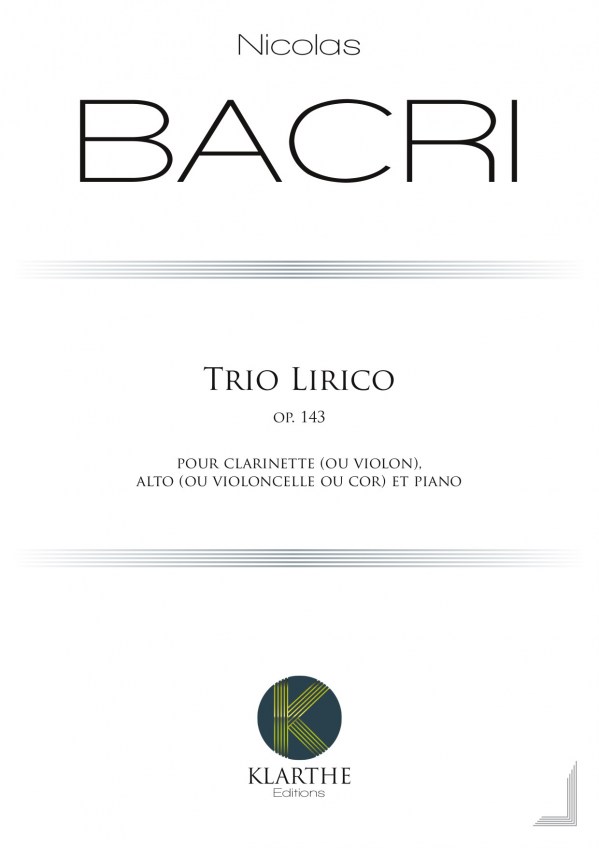 Trio Lirico, op. 143 - Nicolas Bacri
Trio Lirico, op. 143 - Nicolas Bacri